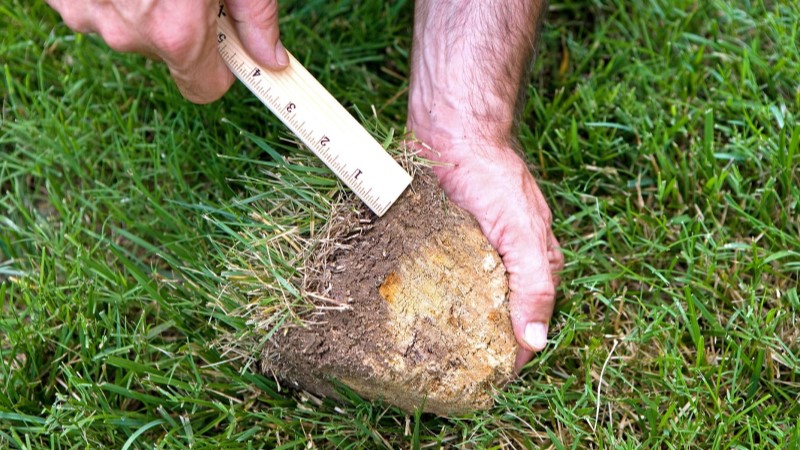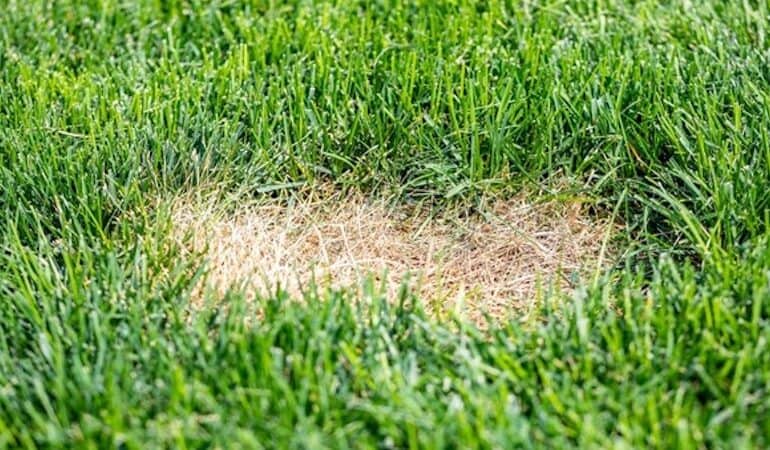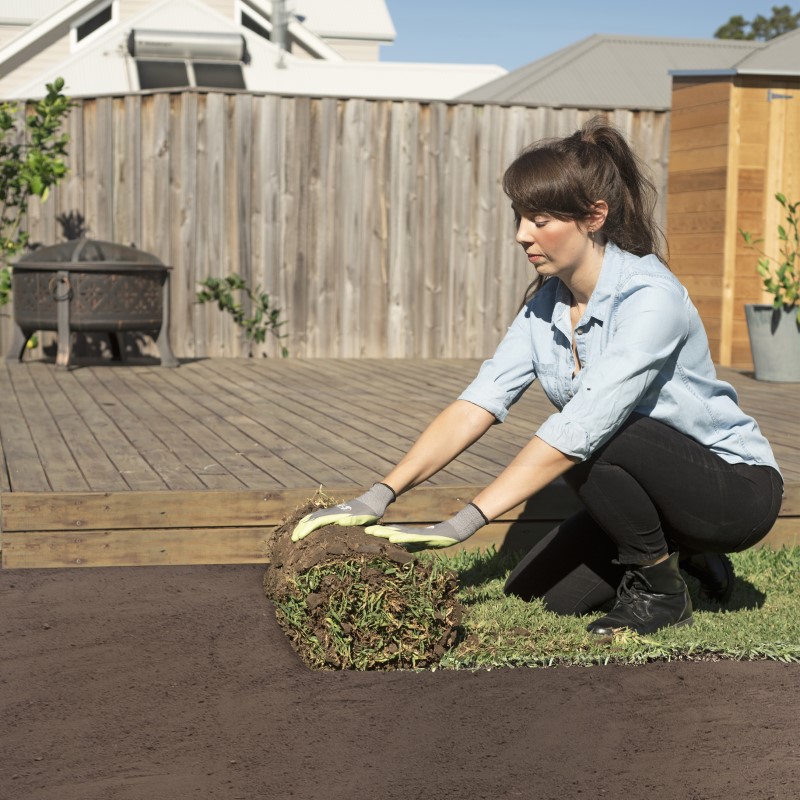How Soon Can You Cut Grass After it Rains?
Grass just loves the rain. When you get just the right amount of rain and sunshine your lawn will grow quickly and healthily.
The downside to all that rampant, lush, green grass growth is that you have to mow more frequently. In the winter, wet seasons or during a warm rainy spell, you’ll need to ask yourself; can you mow wet grass?
The answer will depend on a number of different conditions including:
- What kind of grass you have
- Just how wet is the grass?
- Is it still raining or has the sun come out?
- How long is the grass?
- What kind of terrain is involved?
- What kind of equipment are you using?
As a rule, it is best to avoid mowing your grass when it’s wet.
However, sometimes you have to mow the lawn when it’s wet, so here are some suggestions to make that easier for you and the lawn.
Will Cutting Wet Grass Hurt My Lawn?
One of the main problems with mowing wet grass is that wet grass simply keels over and so the blades miss it.
The cutting blades might catch some leaf blades so you end up with a jagged untidy lawn. The mower blades tend to rip the damp grass rather than cut it cleanly. These damaged edges can be vulnerable to fungal infections.
Additionally, the weight of the mower can crush grass blades into the soil beneath potentially killing the grass and stirring up a muddy mess. Another reason to avoid mowing wet grass is that heavy wet grass clippings will tend to build up on the lawn rather than in the catcher.
These soggy wet piles can foster brown spot and other fungal diseases. They can even kill the grass underneath leaving brown patches and allowing opportunistic weeds to take over.
A period of heavy rain will leave the soil saturated. When you run your lawn mower over the wet grass the mower will tend to leave obvious wheel ruts. This can damage the grass blades and leave permanent ruts in your lawn.
Some Reasons Why Not to Mow Wet Grass
Cutting your lawn when it’s wet can be hazardous to your health. The slick surface of a slippery wet grass on a slope and a mower blade spinning at 3,000 rpm can be a recipe for a disaster.
Numerous severe foot injuries have occurred under these conditions. It only takes a moment’s inattention or misjudgement.
An electric mower (one with an electric cable) and the rain doesn’t mix either. You might think that no bright spark would do such a thing but it happens. Every year people die from electric shocks caused by live electrical cables coming into contact with water.

If You Must Mow, Here’s Some Tips To Make It Easier
We don’t recommend it but if you really need to mow wet grass then here are some tips to make it easier on yourself and your lawn.
Do Some Grass Types Cope Better With Wet Mowing?
We’ve chosen a variety of grass types that have been specially selected and bred to be tough and durable across a range of climate conditions.
If you’re looking for a grass that will cope well with being mown in the wet then probably the two most important qualities are the ability to repair itself after damage and a low mowing requirement.
Warm season grasses such as Sir Walter Buffalo are not only very resilient and will bounce back quickly from any damage they sustain when mown in the wet but they need less mowing in general.
If your lawn receives a lot of winter shade then you’ll want to be especially cautious about mowing on those wet winter days. Kikuyu is a tough grass that copes well with wet conditions and shade and is hardy enough to bounce back quickly after sustaining some damage.
Matilda Buffalo is an exceptional performer in the shade and demonstrates an exceptional rate of damage recovery.
Empire Zoysia and Palmetto are lovely grass varieties that recover quickly from damage. Sapphire Buffalo and Zoysia have minimal mowing requirements and thus will lower the chance that you’ll need to mow when it’s wet.
So, there you have it. Try to avoid mowing a wet lawn but if you must there are some steps you can take to ensure a great result.




